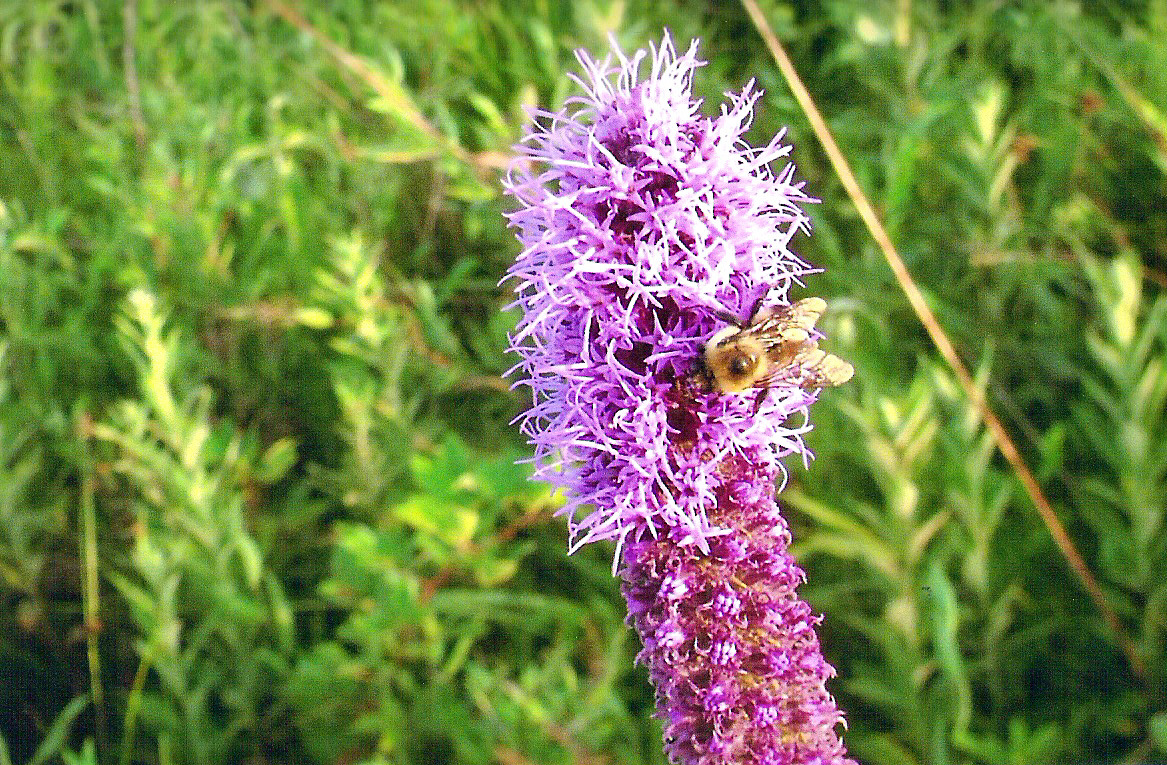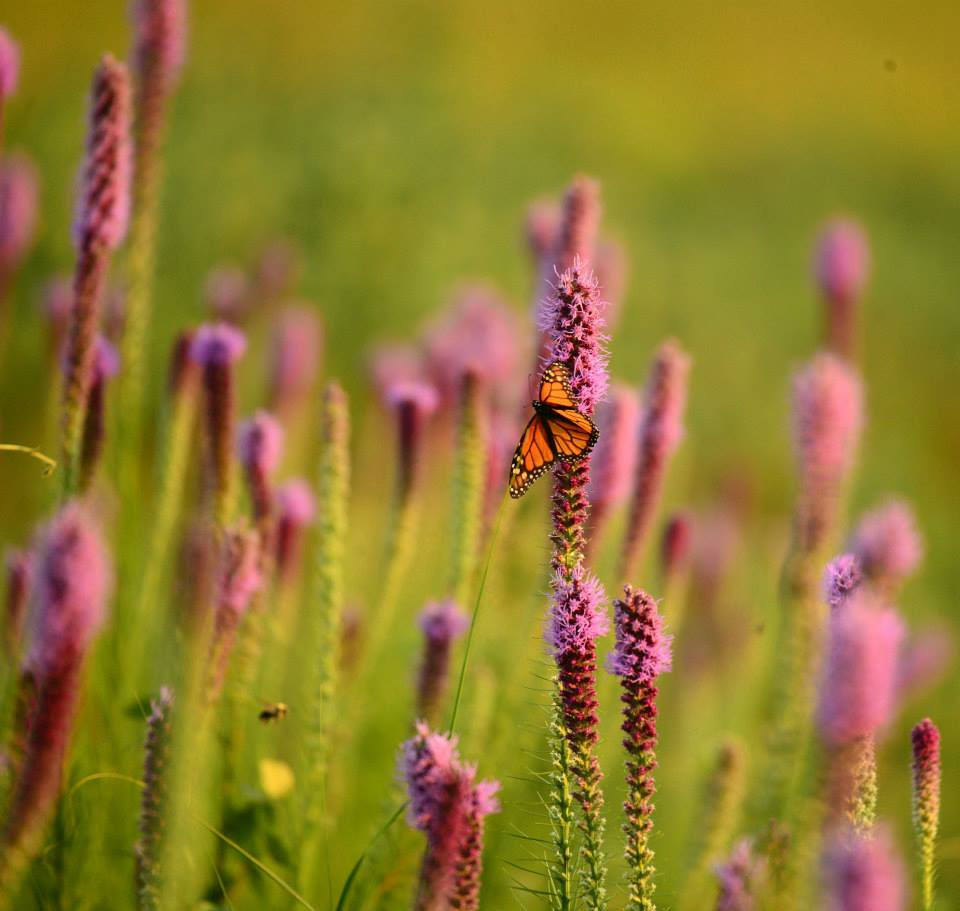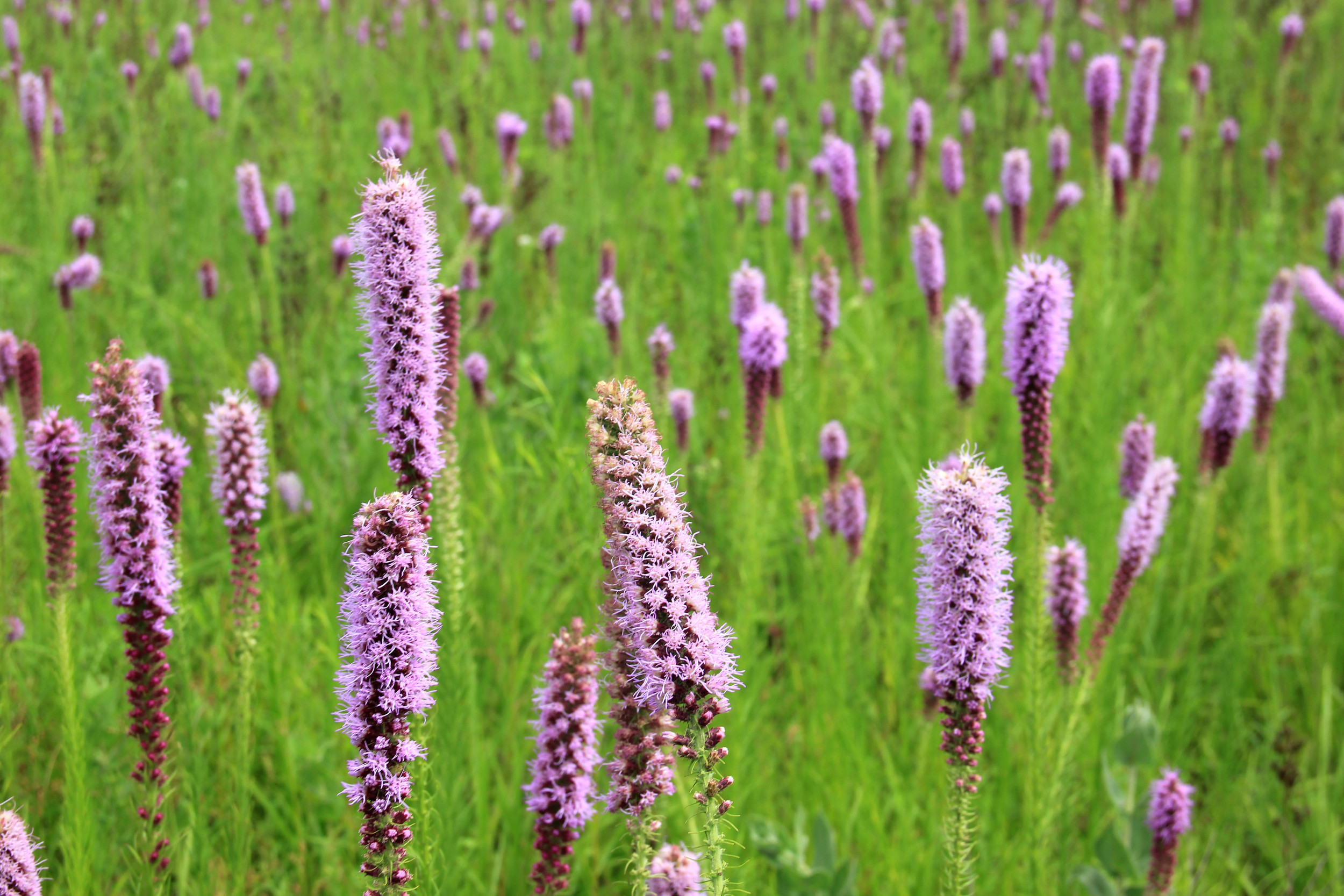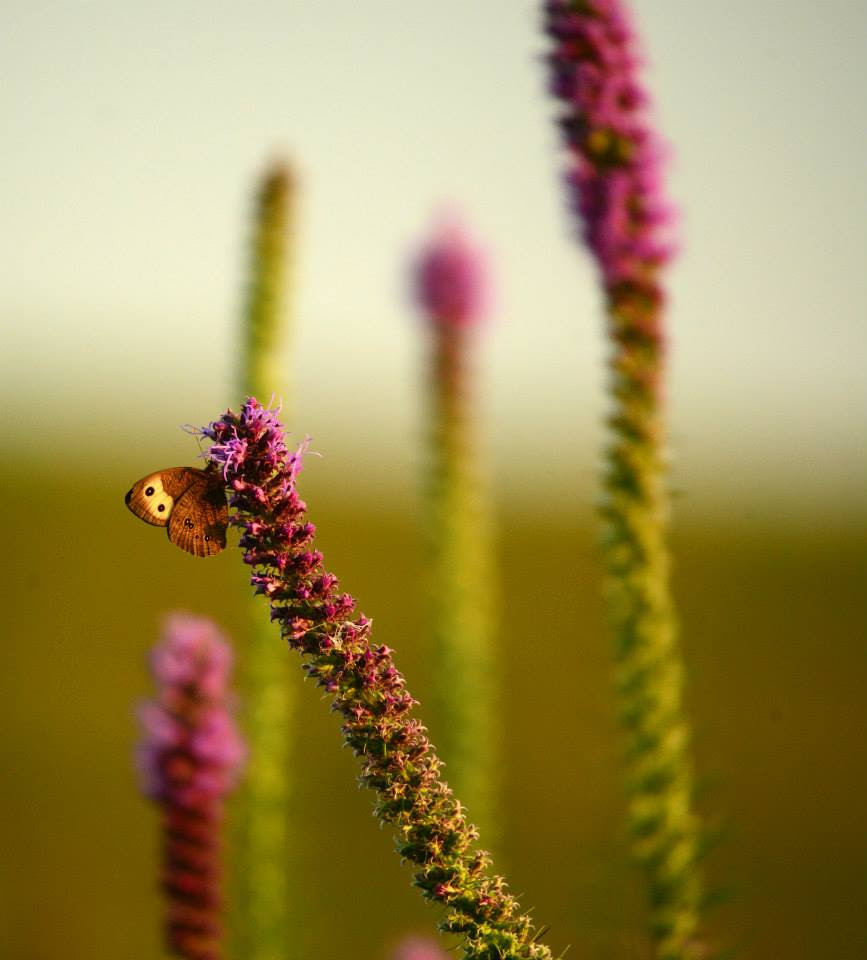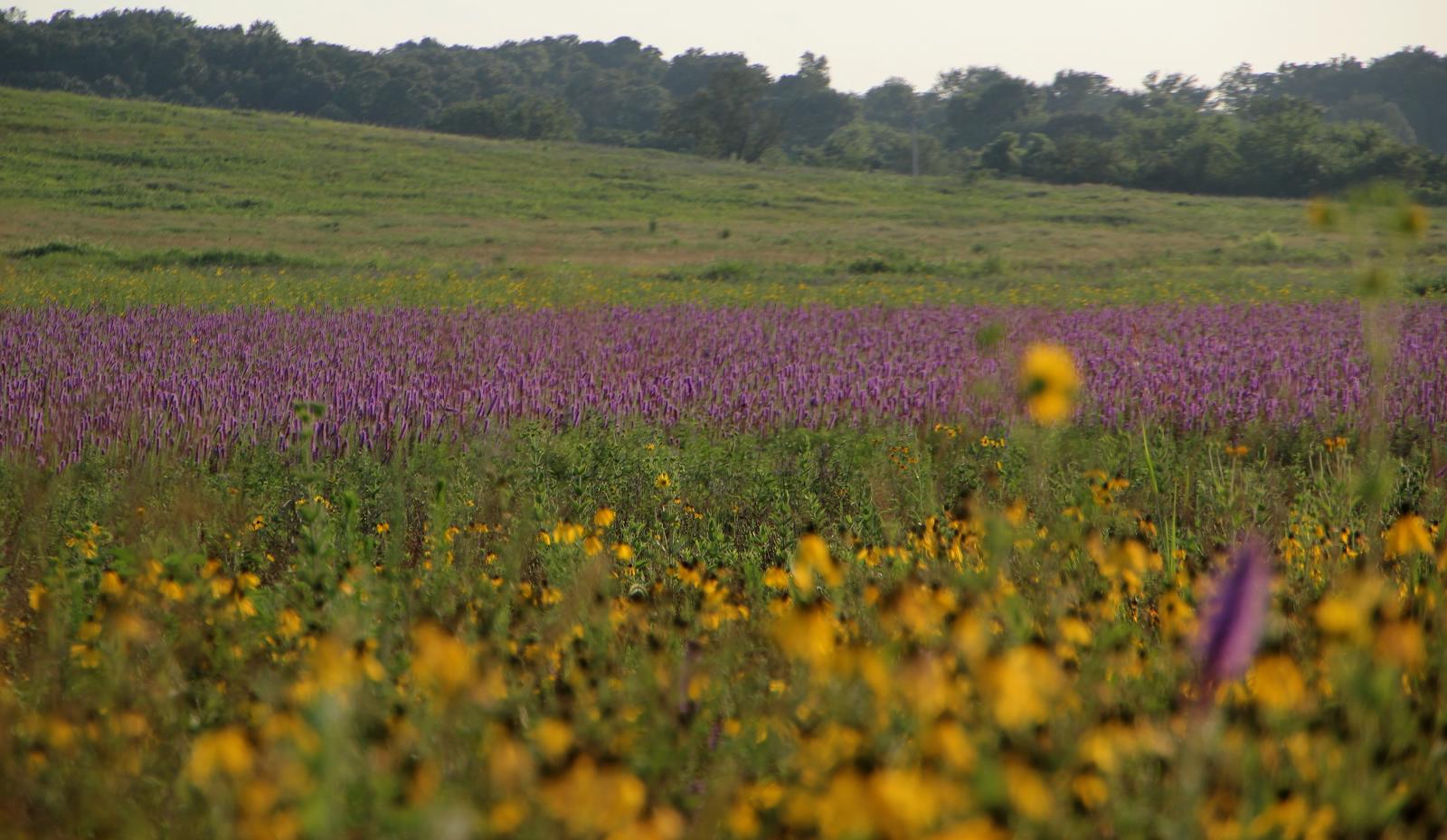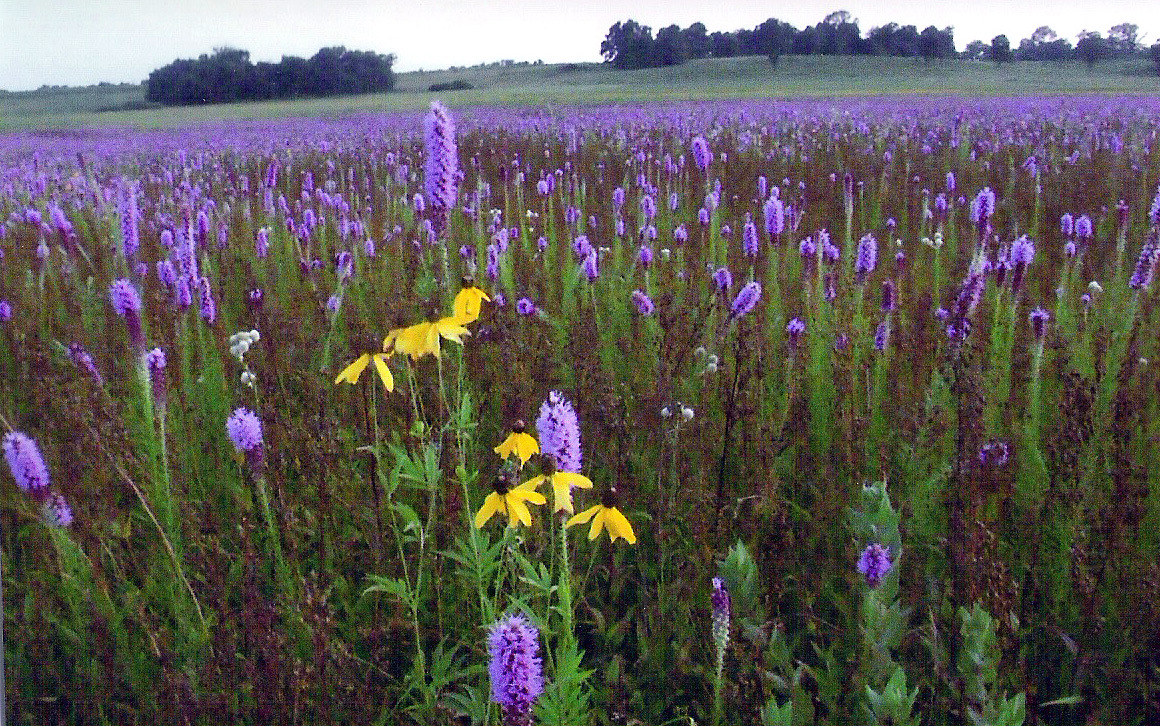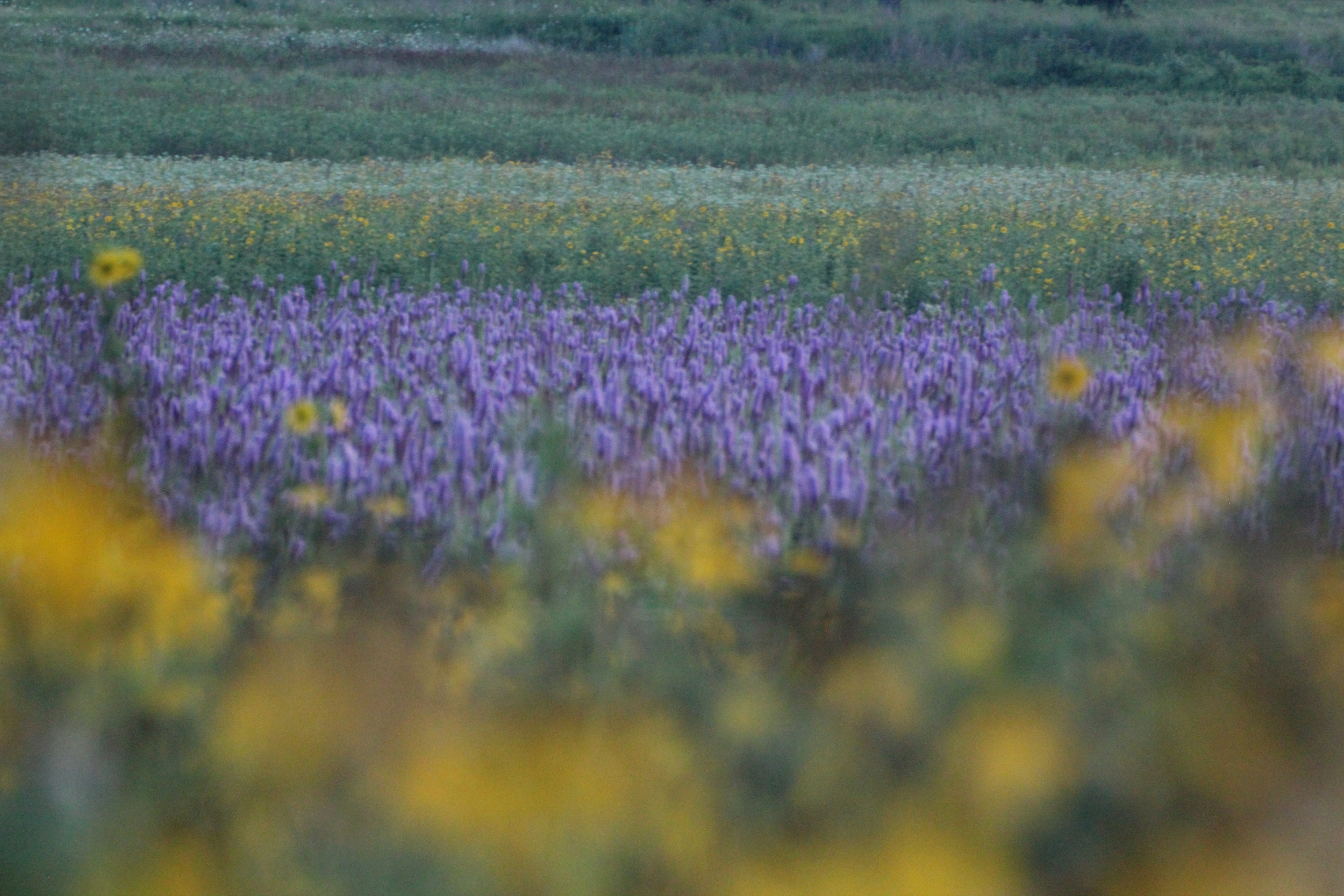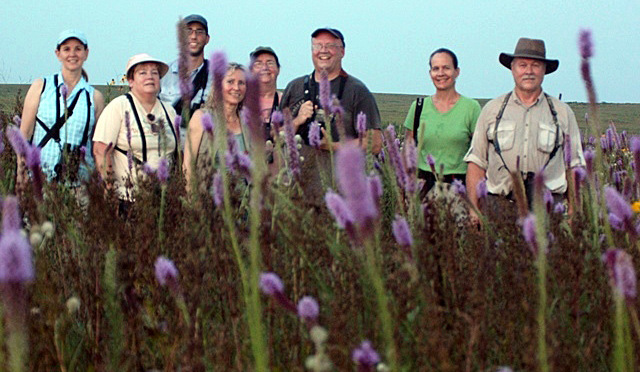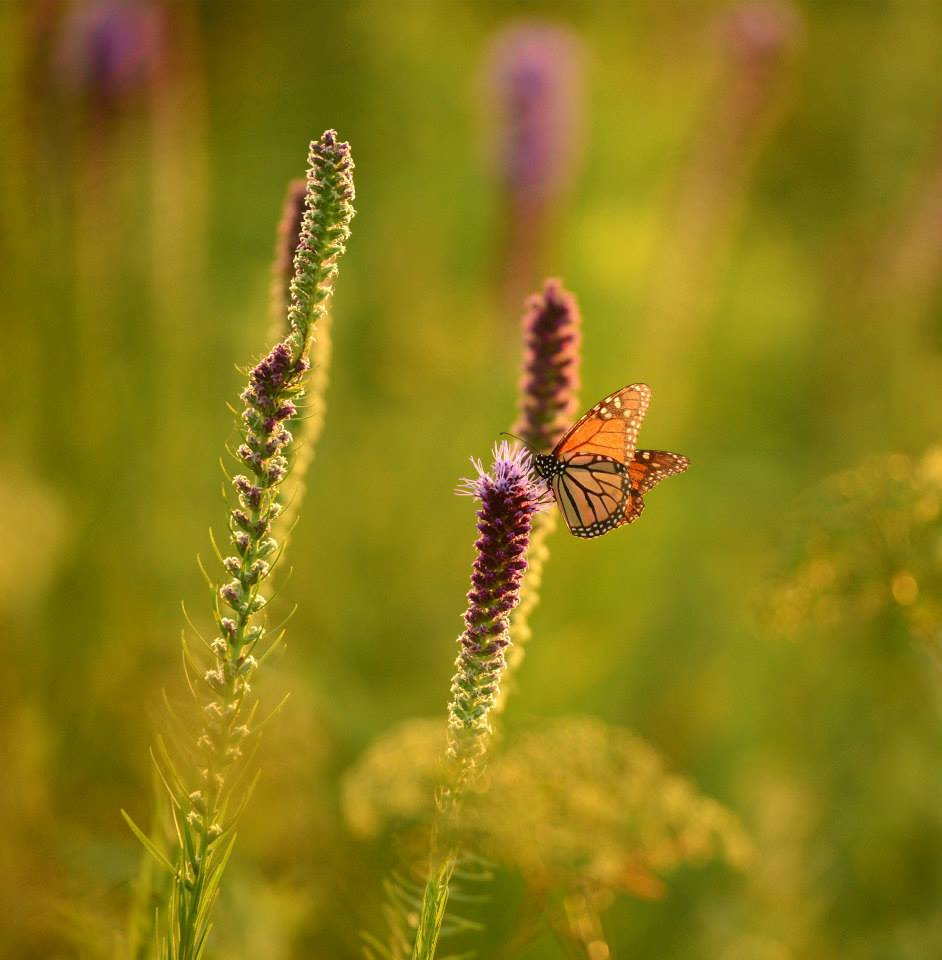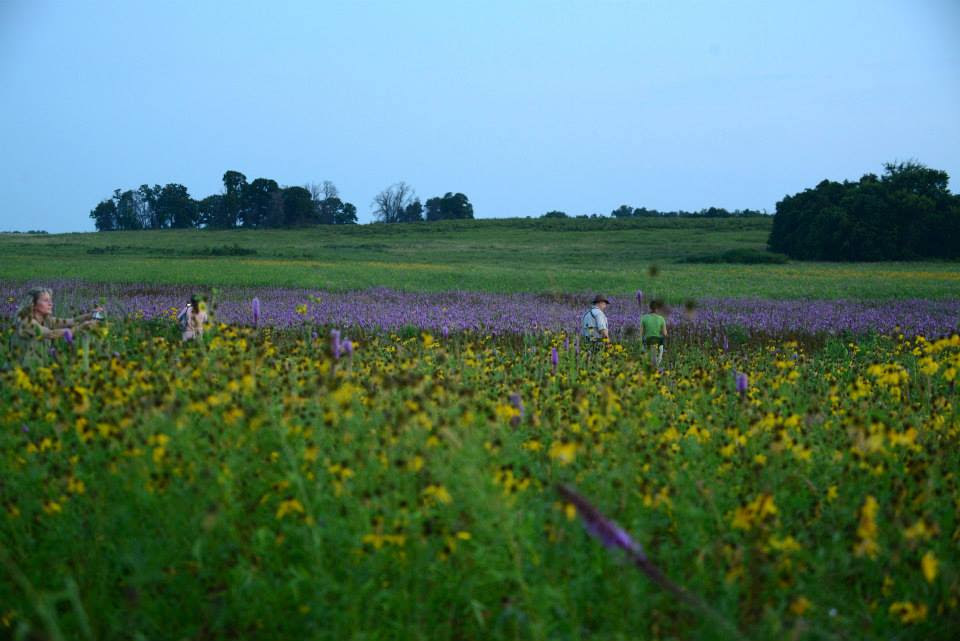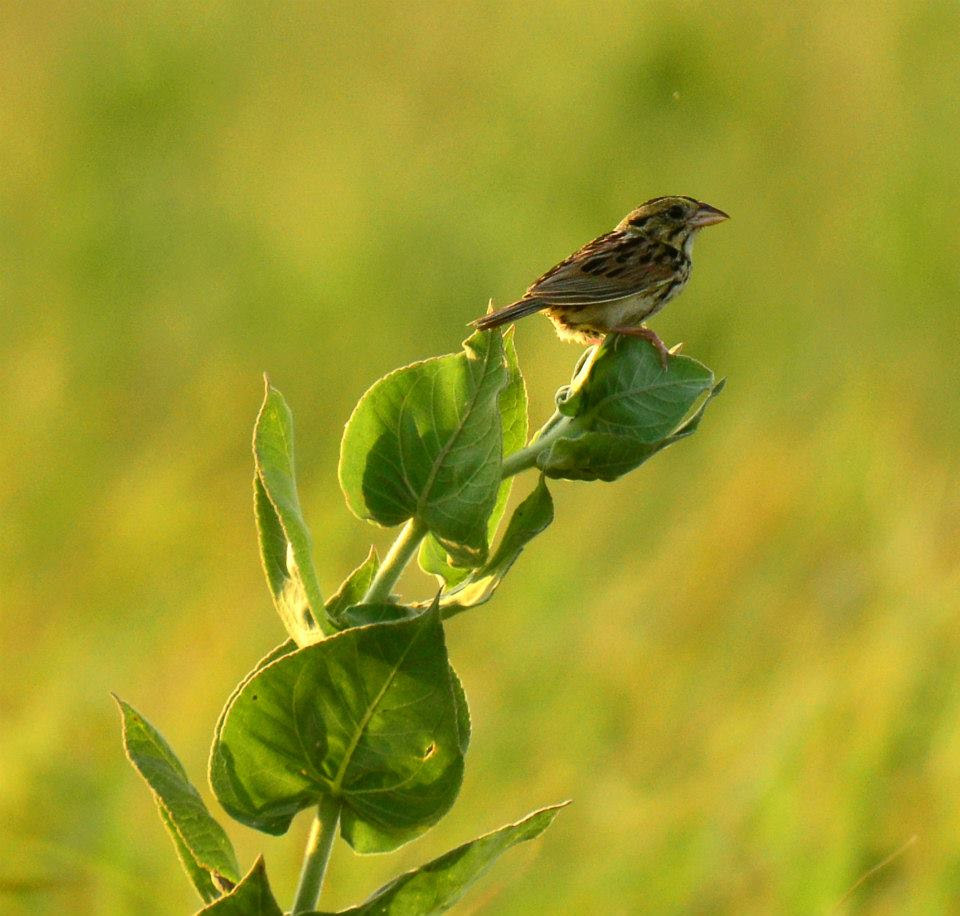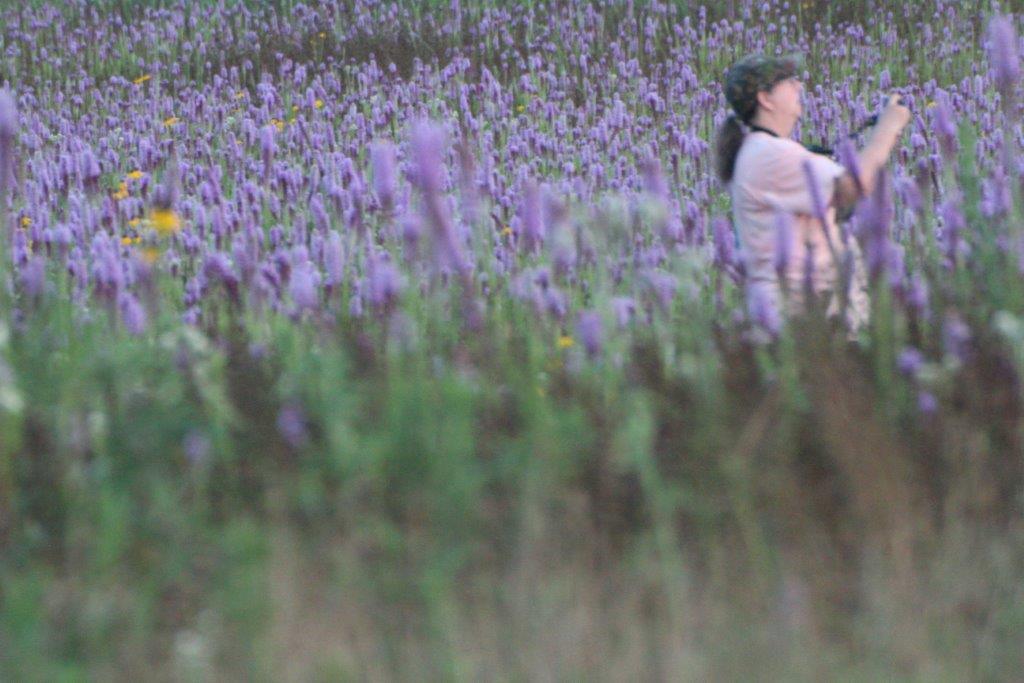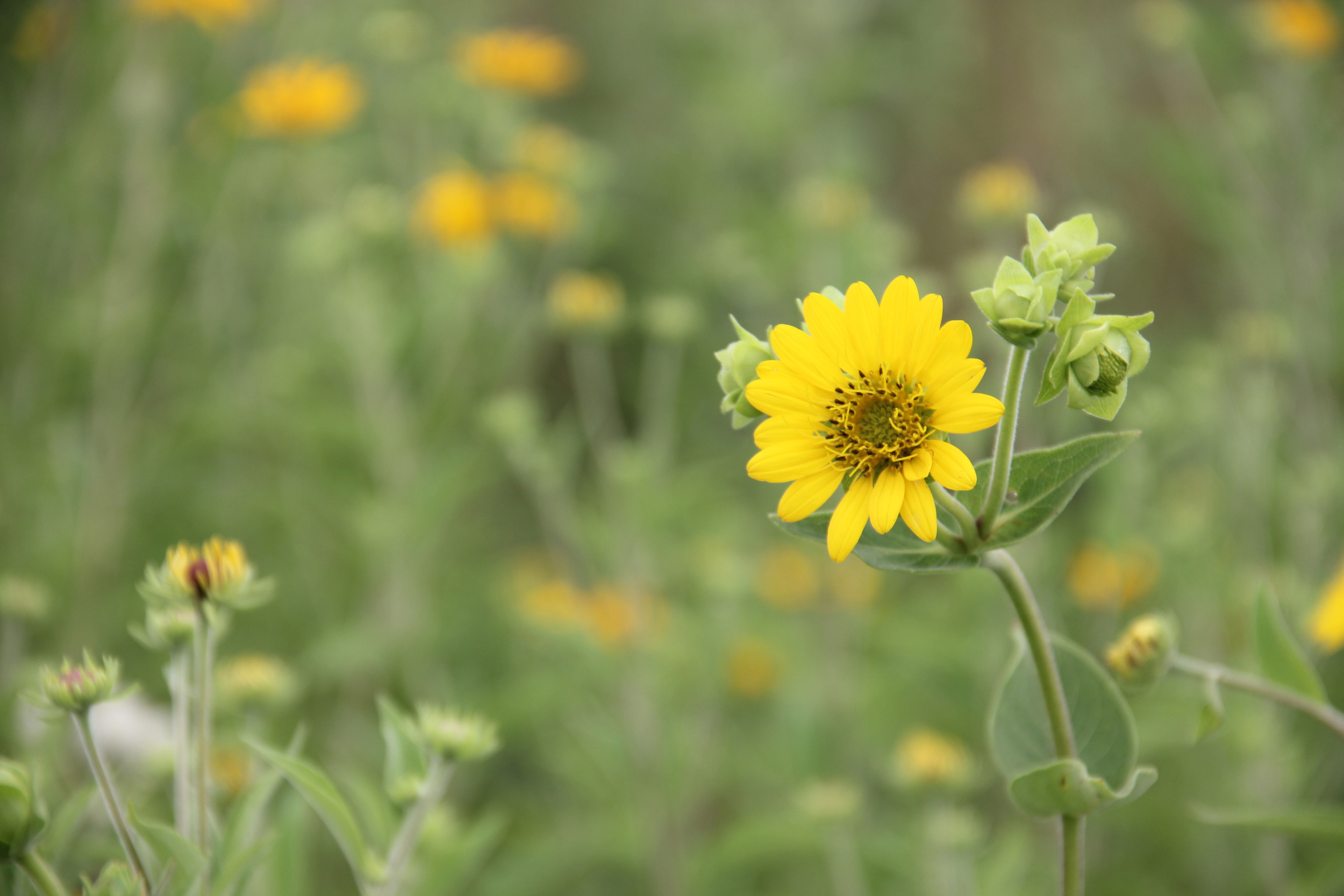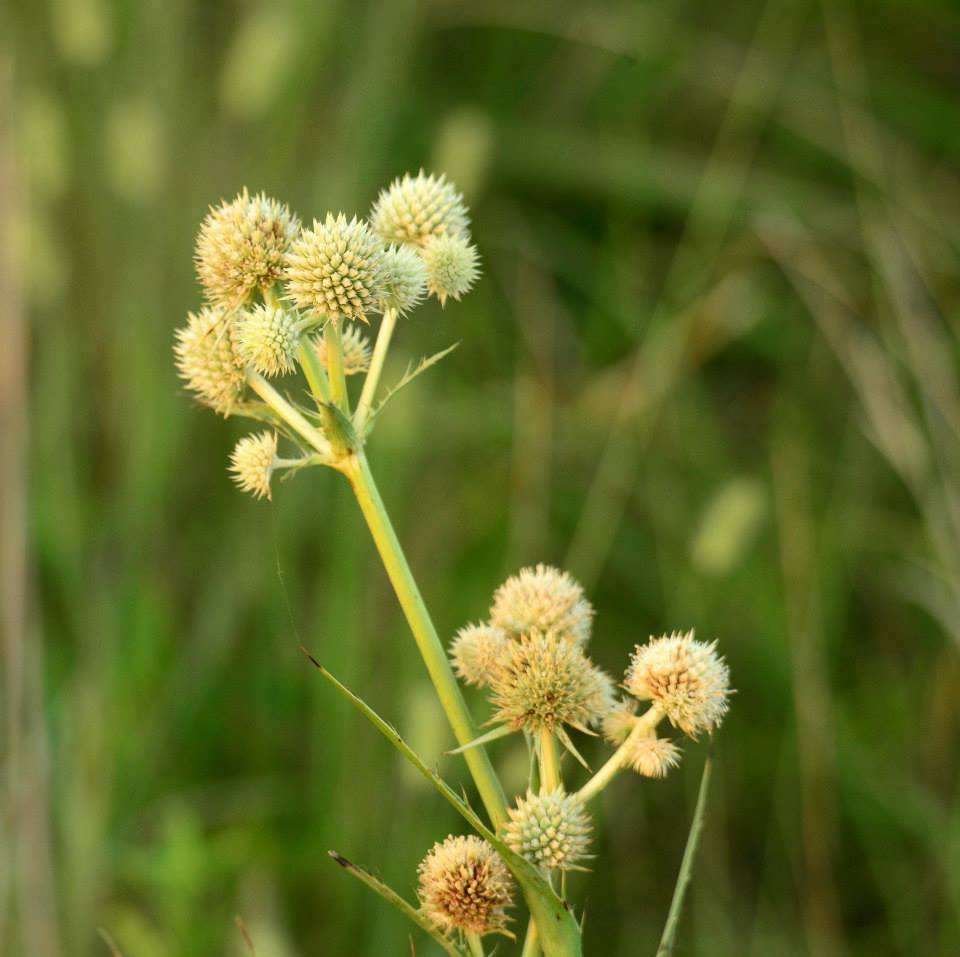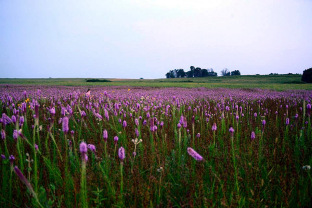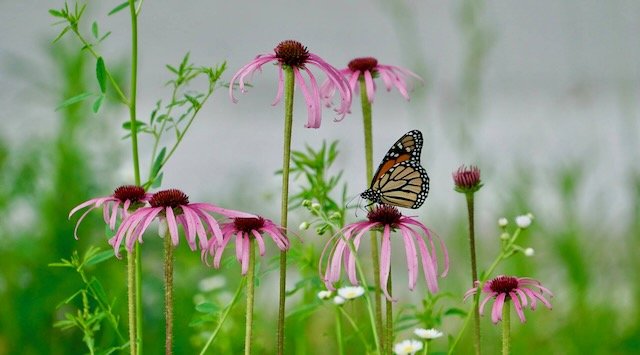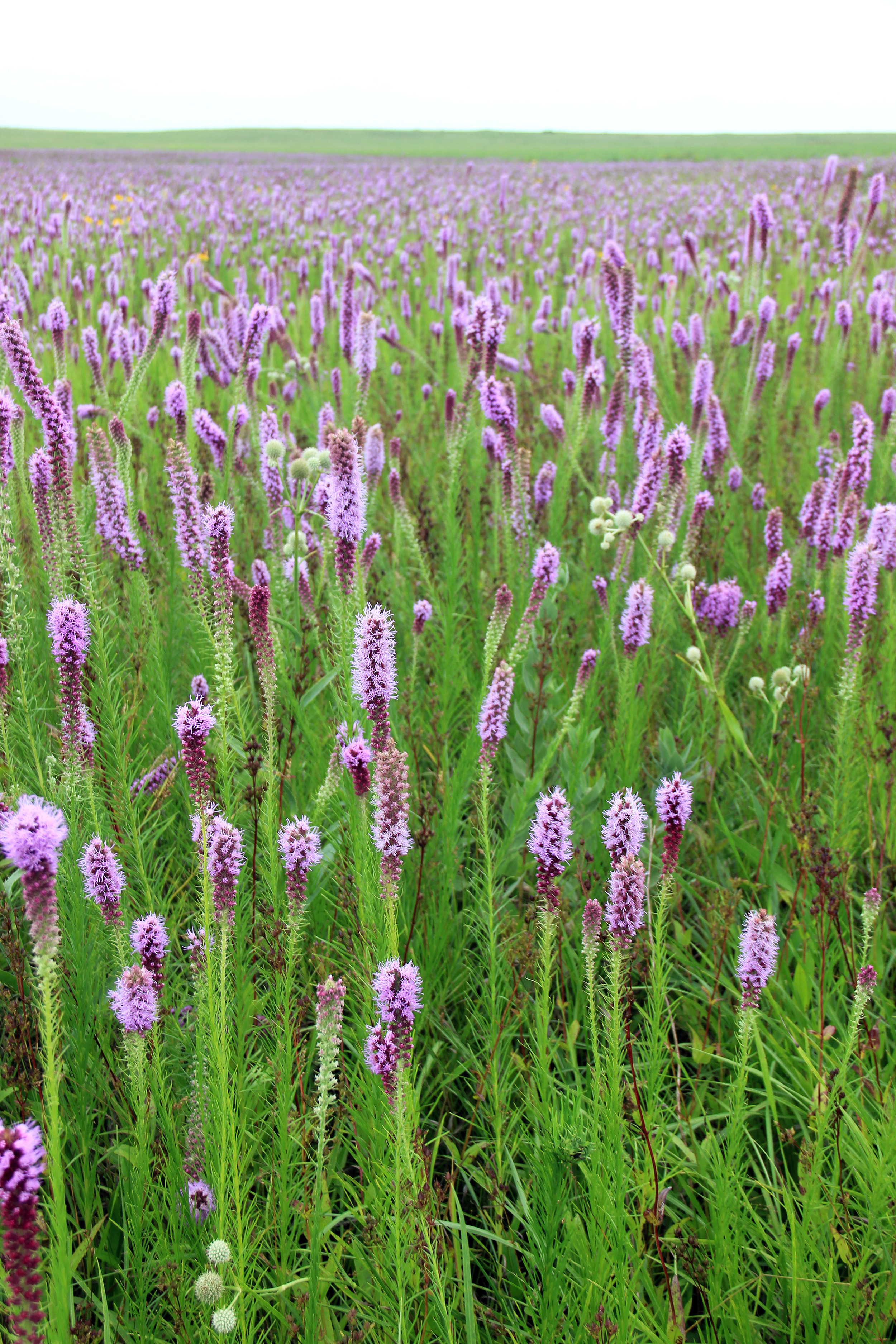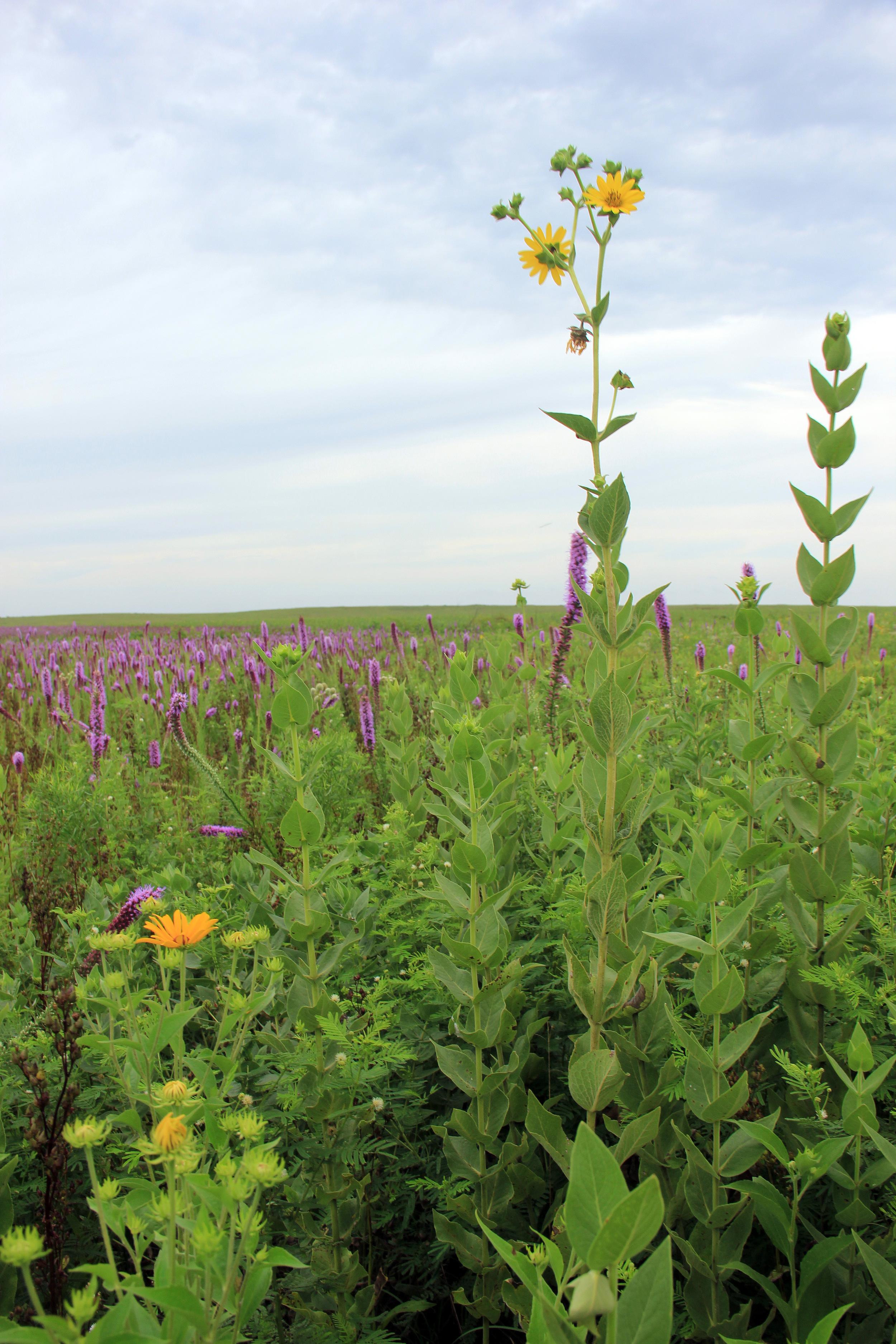It is impossible to walk a prairie and not use some time for reflection. Sometimes rolling hills of grass, other times colors blazing, and still others mother nature’s fury on the plains. You can experience all of this on a prairie walk. Comfort in the tall swishing grass. Wonder at the color available in the wildflowers. Contrast between the wet boggy areas and dry mima mounds. The rich heritage of Missouri’s prairies includes the Osage Indians’ love and respect for this land. In the book by Robert Liebert,Osage Life and Legends, he discusses their love of the prairies that helped sustain life for them.
“The home of the Osage was a lush and nurturing land, which they loved with an almost patriotic fervor, and praised it often in their songs, stories and prayers.”
Members of the Chert Glades chapter of Missouri Master Naturalists bonded with our Osage forefathers on a recent evening walk at Coyne and Welsch prairies in southwest Missouri. Prairie walks among naturalists are full of discussion, discovery, and decompression.
We typically fan out into small groups each with a different objective. This is not planned, it occurs naturally. Some will discuss and photograph the sighting of certain plants, some will search for an endangered species, and others will simply walk with thoughtful gracefulness and observation. It is a site to behold, with the love of prairies so obvious in each person’s fervor.
Jeff Cantrell (MDC) offered this summary of the evening’s events: “Our first evening was a lengthy walk (for I was short on time to scout), hindered by some standing water while we raced the twilight. But now that I (we) know of some highway pull-offs the “valley of the blazing star” is very easy to reach. However all of the site produces wonderful discoveries every time we go out.
Some of our discoveries include lots of Wild Petunia (Ruellia), Rattlesnake Master, various forms of Rudbeckia, and sunflower species ready to take control of the grassland. My favorite was the seedbox clinging to the eroded banks.
A handful of endangered regal fritillary butterflies, monarchs, pearl crescents, red-spotted purple, wood nymph, golden byssus (a skipper species), sooty wing skipper, silver spotted skipper, cloudless sulphurs, clouded sulphur, giant swallowtail, black swallowtail, tiger swallowtail, silvery checkerspots, variegated fritillary, and several other Lepidopterans were along the walk.”
Blazing star was the hit of the evening. Many naturalists could not believe the “sea of purple” they saw, and some could not wait to get to another prairie location to see if the purple was evident there. It is this unique character of prairies, ever changing – ever the same, that draws us to them. You never know what you will find, each location seeming to have its own agenda on when certain plants will bloom.
The Osage Indians attempted to reflect the natural order of the earth in every part of their lives, with total respect for the natural world. Today’s master naturalists must have inherited that conviction from them. Our view is to respect the peace, harmony and order of nature while continually learning how to preserve and protect it. There is no better way to accomplish this than to get out there and “be present” on prairies and other natural areas to observe firsthand the amazing glory that surrounds us.
Please enjoy photos from several of our talented photographers from our evening on the prairie.
